Literacy
All classrooms follow agreed Scope and Sequences, structured according to the Instructional Models. This links all components of the ‘Big 6’ (oral language, phonological knowledge, phonics instruction, vocabulary, fluency and comprehension) in an authentic and genuine way. Coupled with strategic teaching using a Structured Literacy approach, our students are learning information in the way that our brain is able to store and retrieve it. We also acknowledge and ensure our planning recognises the important link between oral language, reading and writing and we ensure that our lessons interlink all 3 components in our literacy block and into all our learning areas. After all we speak, read and write in every subject area.
Reading at Narrawong District Primary School includes:
Systematic synthetic phonics instruction daily (Sounds Write)
Building background knowledge – lots of non-fiction content
Reading Cycles (Ochre or school developed)
Explicit vocabulary instruction (morphology and etymology)
Short texts and reading passages first, building up to extended reads
Modelling of fluent, expressive reading via class novel, picture books
Questioning whilst reading
Words in context – cloze comprehension
Link reading and writing – use the vocab in your writing - encoding – scaffold
Retrieval opportunities regularly (Powerful teaching)
Explicit teaching of metacognitive strategies where students engage in thinking and discussing their own learning
Writing at Narrawong District Primary School
We begin our writing journey (in Foundation and Year 1) with the Talk 4 Writing process of Imitation, Innovation and Invention. Students learn to orally recite and act out popular stories through listening and reading. The teacher maps out the story using pictures to aid student’s memory. Students are then supported to internalise the language patterns, text features, and structure to create their own version on a different topic. Over time, the students move towards independent writing as they create texts of their choosing.
Once students develop their love of writing, we then move to teaching the students using The Writing Revolution which is an explicit set of evidence based strategies for teaching writing. It focusses on the Hochman method for teaching writing. It builds from sentences to compositions and are embedded in curriculum across all content areas and grade levels. The method enables students to master the skills that are essential if they are to become competent writers, which in turn assists with reading and communication and therefore elevates their thinking and understanding of our world.
Student writing knowledge and skills are regularly assessed through a range of processes, including Cold Write and Free Write tasks. Once the task has been completed, staff review student achievement using a rubric and a moderation process, where the work is assessed against an agreed criteria in line with the Victorian Curriculum. This informs next steps in lesson planning and student reporting.

In 2025 we are fortunate to have the support of Bendigo Bank, who have sponsored some class sets of texts for our Grades 3-6, which has significantly supported our school’s literacy goals. The funding enabled us to purchase a wide range of high-quality, engaging texts that align with our curriculum and cater to diverse student interests and reading levels. These resources have enhanced classroom libraries, supported targeted reading programs, and allowed teachers to deliver more effective, differentiated instruction. This investment has strengthened our focus on improving student literacy outcomes and fostering a strong reading culture across the school.
"We are extremely grateful that the Bendigo Bank have provided us with some new class novels.
We can not wait to expand our reading and writing knowledge and skills while we delve into our new stories next semester!"

